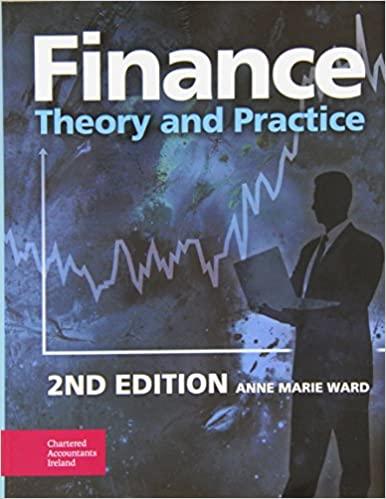Question
OVM Technologies, Inc. (OVM), a tech start-up company, was formed on January 1, 2018 with $250,000 in founder funds (for which founders received 500,000 shares
OVM Technologies, Inc. (OVM), a tech start-up company, was formed on January 1, 2018 with $250,000 in founder funds (for which founders received 500,000 shares of common stock); and $350,000 in loans from family members and friends. These personal loans have no fixed maturity dates and accrue SIMPLE INTEREST at the rate of 9% per year. It is anticipated that loan principal and all accrued interest will be paid from the proceeds of a future harvest event. Because the founders made a significant initial investment in the company, their shares are FULLY VESTED.
On January 1, 2019, OVM raised $1,500,000 from an early stage Venture Capital fund in return for 1,000,000 shares of $1 par, 7% cumulative dividend on Par, Participating Convertible Preferred Stock (Round 1). The Round 1 investors negotiated the right to BLOCK a Sale of the company for a price which would not yield them at least a 5X return NLT January 1, 2024; FULL RATCHET anti-dilution protection (very rare, but Round 1 investors were in a very strong bargaining position); two seats on OVMs Board of Directors; a 1X Liquidation Preference if harvest happens before January 1, 2022 and a 2X Liquidation Preference if harvest happens between January 2, 2022 and January 1, 2025. The Round 1 investment is subject to a 6X CAP. Any accrued dividends paid at closing WILL COUNT AGAINST THE CAP. No dividends will be paid on Round 1 shares until a liquidation event occurs.
Suppose a second round of 375,000 $1 Par, 5% cumulative dividend on Par, shares of Participating Convertible Preferred Stock is issued to raise $750,000 on January 1, 2021 (Round 2). Round 2 investors also have full ratchet anti-dilution protection, no blocking rights on Sale, but the right to BLOCK additional financing; a 1X Liquidation Preference with no date limitations or enhancements; and NO CAP on total return. As with Round 1, no dividends will be paid to Round 2 investors until a harvest event occurs.
Remember that parties participation rights are based on the percentage of total shares they own, or could own, on an as-if converted basis. (Assume a 1 for 1 conversion rate).
1.Under this scenario, what effect would the negotiated anti-dilution protections have on the rights of the parties?
2. Explain the effect of the BLOCKING RIGHTS held by each of the Round 1 and Round 2 investors ?
3.What is equity crowd funding and how does it differ from older forms of crowd funding (i.e. Kickstarter)?
Step by Step Solution
There are 3 Steps involved in it
Step: 1

Get Instant Access to Expert-Tailored Solutions
See step-by-step solutions with expert insights and AI powered tools for academic success
Step: 2

Step: 3

Ace Your Homework with AI
Get the answers you need in no time with our AI-driven, step-by-step assistance
Get Started


